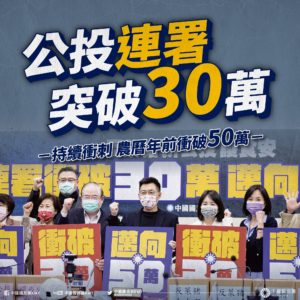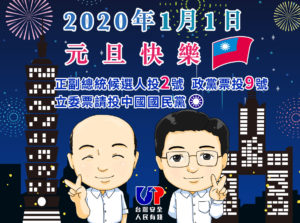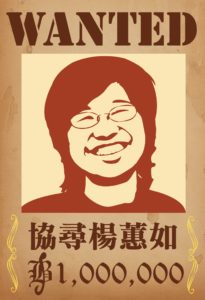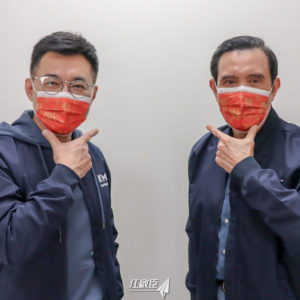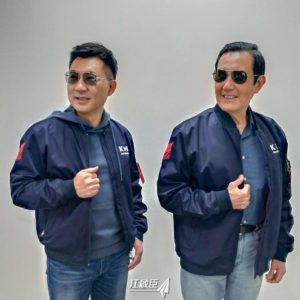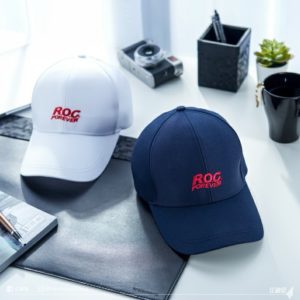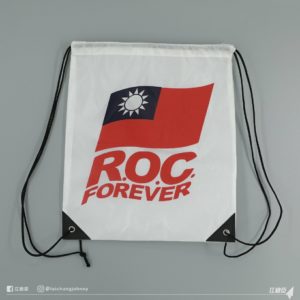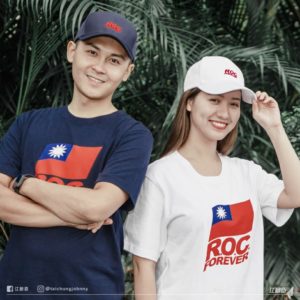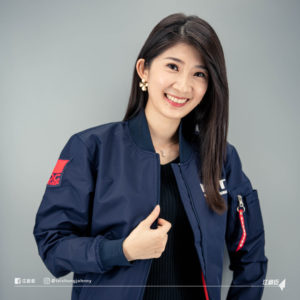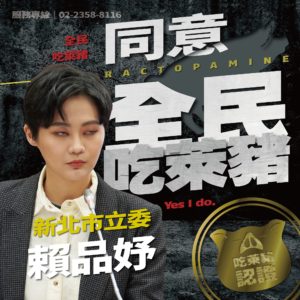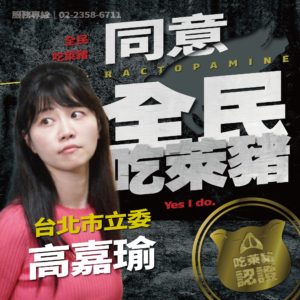by Brian Hioe
語言:
English
Photo Credit: Brian Hioe
OVER THE PAST two months, one has seen efforts by the KMT to rebrand their social media aesthetic.
This would hardly be the first time in memory that the KMT has attempted to rebrand aesthetically. Current party chair Johnny Chiang was elected promising to reform the party internally, so as to make the party more appealing to young people and to allow it to shed its pro-China image. That being said, Chiang previously inspired mockery through an ad touting the so-called “Digital Chapter” of the party—that is, an app, while dressed as Three Kingdoms character Zhuge Liang.
Examples of the more modern aesthetic adopted by the KMT in social media outreach as of late. Photo credit: KMT/Facebook
The recent impetus for the rebranding of the KMT’s social media presence comes from an unusual source, however, this being the issue of American pork imports. The issue of American pork imports has long been a controversial issue in Taiwan, given fears regarding the use of the growth hormone ractopamine. Although visual redesigns of the KMT’s social media aesthetic can be traced back to its national congress in September last year, this has been more visible regarding the American pork issue.
Advertising regarding the American pork issue has adopted a modernist design aesthetics, reminiscent of that used by the DPP. This is to be contrasted to the cartoonish aesthetic previously used by the KMT. As with before, however, the KMT’s messaging is primarily negative—targeting the actions of the DPP rather than offering any sort of positive program of its own.
Examples of older advertising in a more cartoonish style previously used by the KMT. Photo credit: KMT/Facebook
The modernist rebrand of the KMT has included revised designs of ROC iconography, particularly with regards to party-branded apparel. This, too, should not surprise, seeing as the party adopted defense of the ROC as its principle value at its last national congress, and perceives the DPP as attempting to denigrate symbols of the ROC. Yet the KMT has been mocked, again, for how it’s party-branded apparel seems to resemble DPP apparel but how it apparently lacks young politicians to show off party-branded clothing—though comments along these lines from pan-Green politicians has also been criticized for ageism.
One sees the attempt to make elder politicians within the party “cool,” sometimes hoping to highlight retro appeal. This has included photo shoots featuring Chiang and former party chair Johnny Chiang and former president Ma Ying-jeou along such lines.
KMT-branded apparel, with current chair Johnny Chiang and former president Ma Ying-jeou modeling some of this in the two pictures in the top-left. Photo credit: KMT/Facebook
But in particular, what also jumps out regarding the KMT’s modernist rebrand is the targeting of individual politicians using the issue of American pork. This has included releasing unflattering images of every single pan-Green legislator, along with imagery trying to connect them to the ractopamine pork issue.
Targeting individual politicians by claiming that they are complicit in endangering the health of Taiwanese was also used, for example, in the recent recall vote organized by members of the pan-Blue targeting Kaohsiung city councilor Huang Jie. During the televised debate, Huang’s opponent spoke only of the ractopamine pork issue, without discussing Huang Jie’s performance as a city councilor in the slightest.
KMT ads targeting youth politicians on the American pork import issue. Photo credit: KMT/Facebook
It proves a question, however, as to whether the KMT can establish a new brand of itself off of the ractopamine pork issue. Winning back the support of Taiwanese young people will not depend on a single issue such as that of ractopamine pork, no matter how the KMT tries to leverage on it as a national issue. An aesthetic rebrand without shifting the fundamental politics of the party is also unlikely to appeal to young people.





